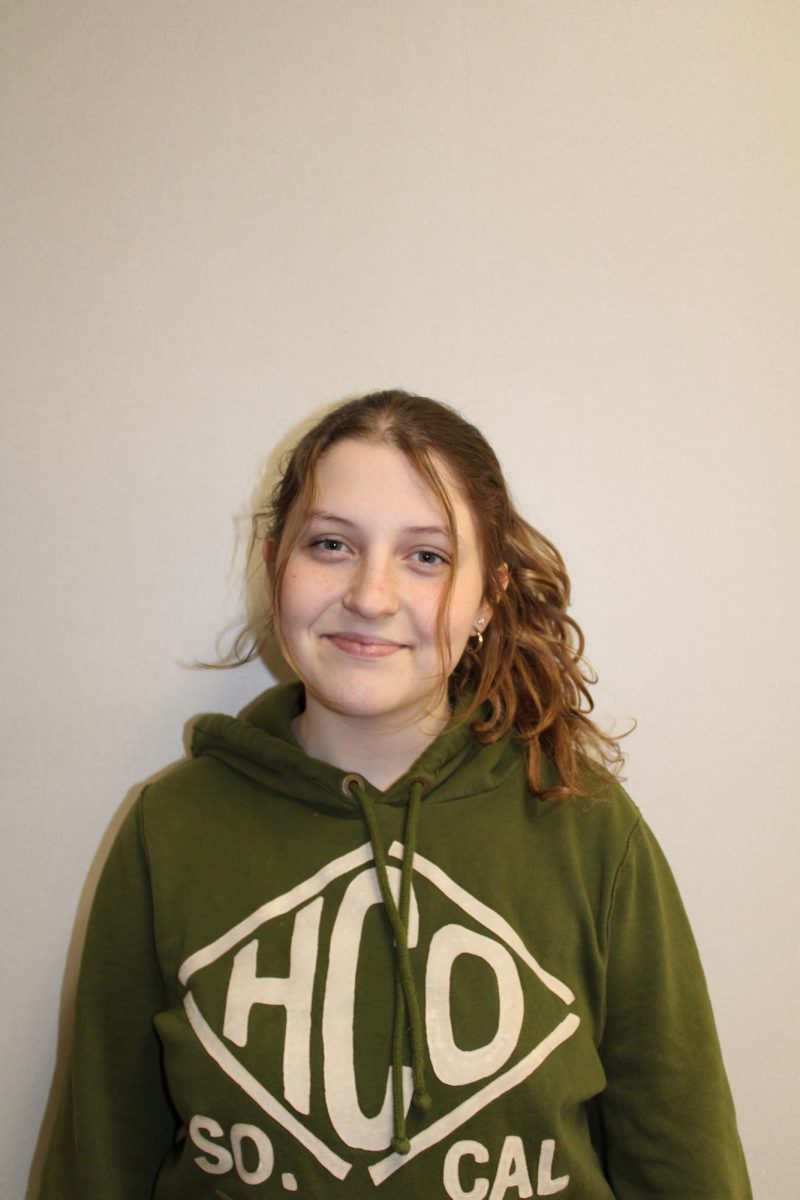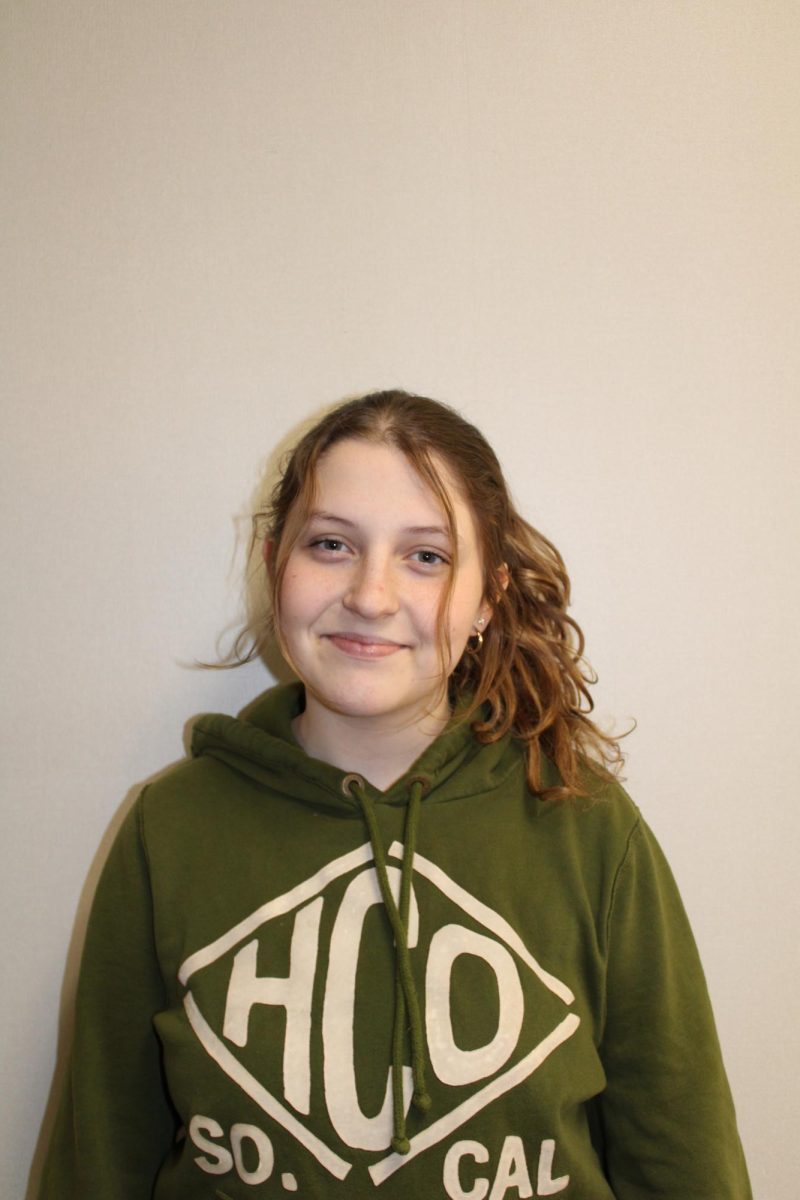Fast fashion, though convenient for people, isn’t the best option. Fast fashion from stores like Shein and Temu are popular among people of all ages. There are cons to it, many of which affect the environment and people.
Fast fashion products contain microplastics. Microplastics get shed from clothing that it is made from. These microplastics make their way to the oceans. They cause marine fish to slowly stop moving, making it harder for them to eat, which often ends in death. It is reported that the amount of microplastics dumped into the ocean each year is close to 500,000 tons.
Most fast fashion things are cheaper to buy than the main brand places. The cheaper something is, the cheaper something is made. That sweater or pants that are going to be bought are going to rip. What would someone do with them when they rip? Throw them out. Into the landfills.
The dyes that are used to color the clothes are poisonous. The dyes get into the water streams and kill off the organisms that live there causing a lack of biodiversity. The dyes have been linked to multiple digestive problems, skin irritation and malignancies, all of which are harmful to a person.
The demand for new fashion is hurting humans as well as the environment we live in. The obsolescence of poorly manufactured clothes is a wasteful business strategy. 80 to 100 billion new articles of clothing are made annually from sweatshops around the world. These items are landing by the truck full into landfills to be buried or burned. Fast fashion is ranked as the second most polluting business by the United Nations Conference on Trade and Development, right behind the oil industry.
Sweatshops are not a new thing. They’ve been around for years fueling the fast fashion industry. The industry pays their workers low wages that can’t even get them food on the table. As the years go on more and more people turn to these sweatshops like Shein for their easy, cheap clothes. Workers have to work long days in bad conditions making clothes that get shipped around the world. China, Bangladesh and India sweatshops are some of the largest trading locations. But countries like the U.S. are the ones who keep them in business. How do they expect their workers to get by with a fifth of what they need to live? In Bangladesh, workers are paid 33 cents an hour. In India, they get paid barely 53 cents an hour. China? Hardly 20 cents an hour!
I know everyone loves their fast fashion places. Believe me, I do too. It is easy and cheap. People can find some good things there, but is it worth it? With all the factors that are harmful to the environment? I personally no longer have any fast fashion clothes that I still wear. Even if the environment isn’t people’s first thought and some don’t care, could people stop their health? Fast fashion isn’t a good thing. It’s bad for the consumer and the environment.
The answer to the problem is simple. Find out what fast fashion is, Forever 21, Shein, H&M, and Hollister are some of the big ones. There are plenty of other options that are safer and better made that exist. Wild Fable for example is a cheap brand that isn’t made of the same polyester as fast fashion is. Fast fashion can be identified easily, it’s made of materials like polyester, nylon, rayon, and spandex. Their products are always on trend right as new trends start. It comes in large stocks of the same things. Frequently having new arrivals and keeping large stocks.
So think about limiting such an awful thing for the betterment of the world.





